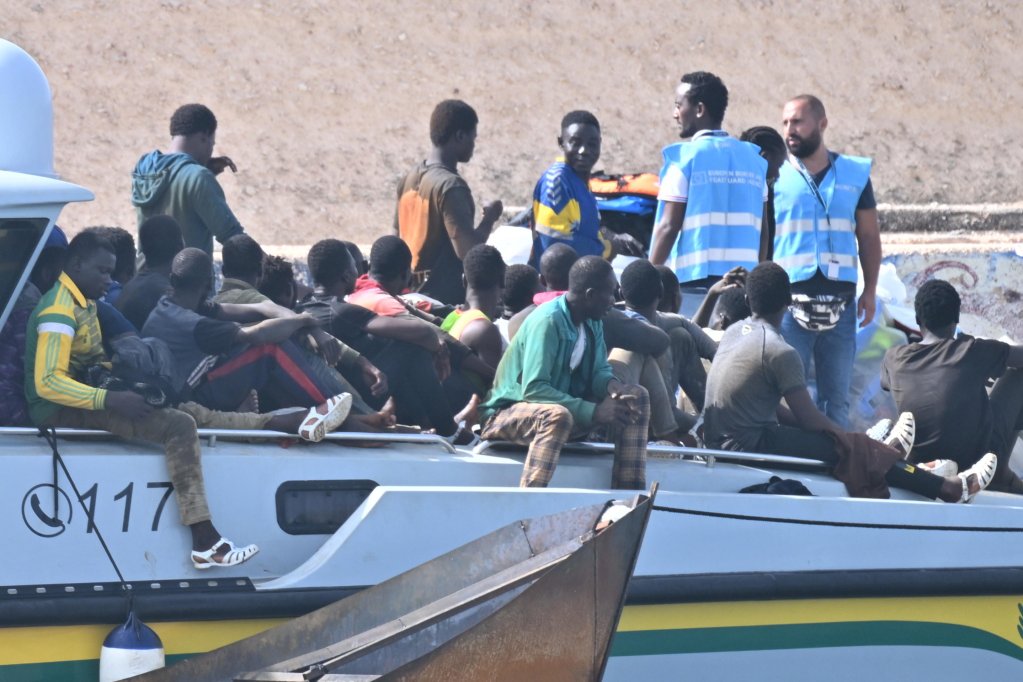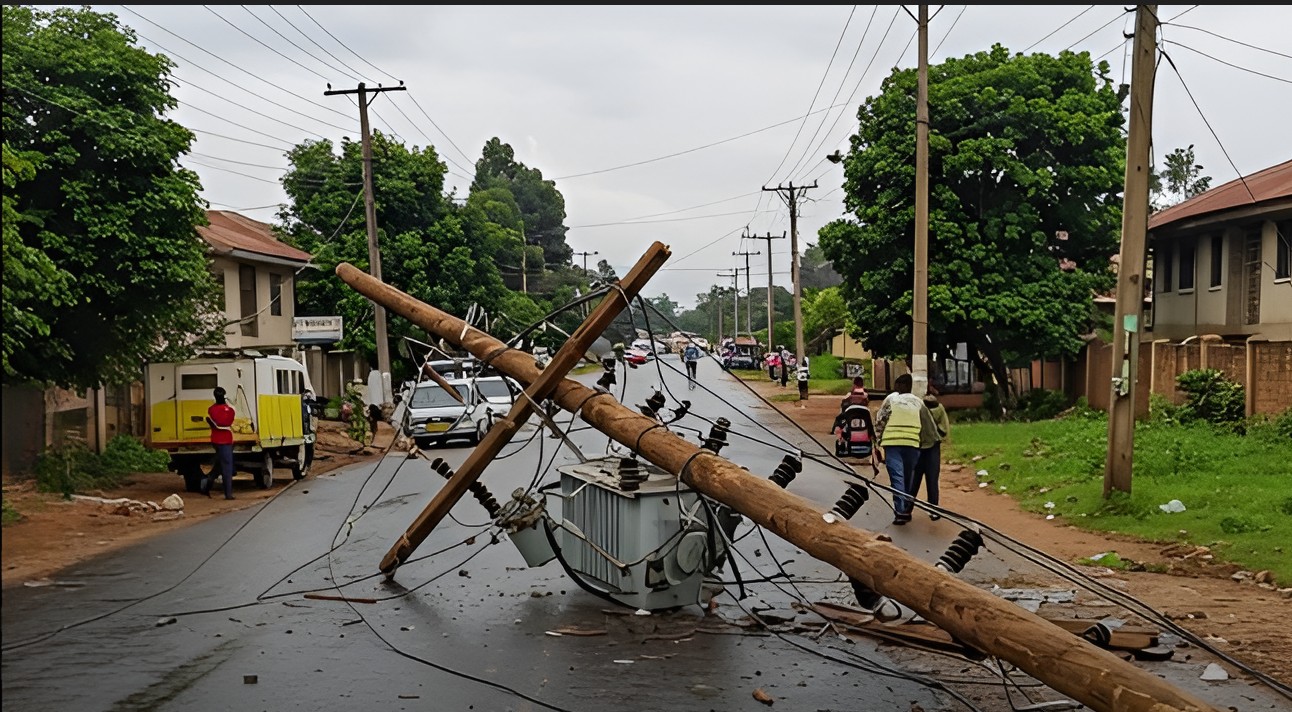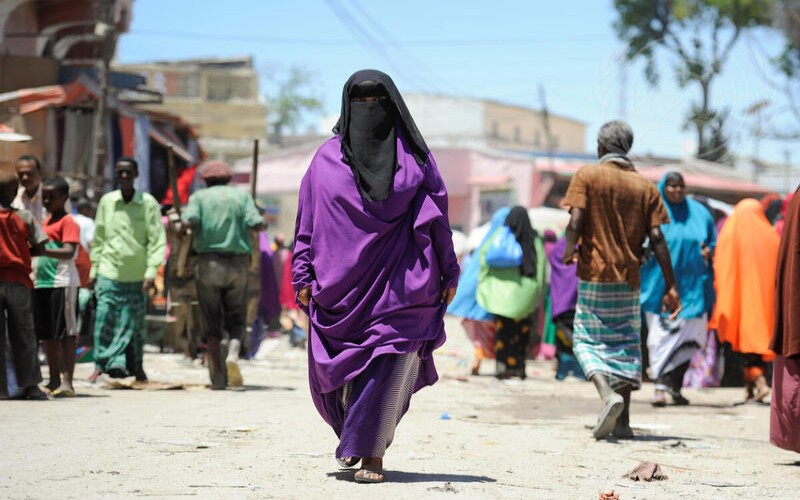23 Somali nationals killed after two boats capsized off Italian coast

Somalia’s ambassador to Italy, Ibrahim Omar Shegow, said that the incident highlights the risks Somalis face when they attempt irregular sea journeys in search of opportunities in Europe.
At least twenty-three Somali nationals have drowned after two boats carrying migrants capsized in the Mediterranean Sea near the Italian island of Lampedusa.
Somali officials confirmed the incident on Wednesday and said that fifteen people were rescued after the vessels experienced technical problems while attempting the crossing from North Africa to Italy.
More To Read
- Mogadishu’s Hamarweyne market shut for third day amid tax dispute
- How to make sweet and savoury plantains at home
- Somalia on high alert as Marburg virus outbreak hits neighbouring Ethiopia
- Mogadishu police, intelligence agents crack down on armed groups after surge in street crime
- Somalia declares drought emergency as millions face hunger after failed rains
- International Rescue Committee warns millions at risk as drought intensifies across Northern Somalia
Somalia’s ambassador to Italy, Ibrahim Omar Shegow, said that the incident highlights the risks Somalis face when they attempt irregular sea journeys in search of opportunities in Europe. He explained that young Somalis should not risk their lives in unsafe vessels and should instead look for possibilities within their own country.
“The loss of these lives is tragic,” Shegow said. He called on the Italian authorities to take stronger action against human trafficking networks that organise such crossings. He said the networks deceive people with promises of safe passage to Europe, yet expose them to life-threatening dangers in the open sea.
The boats involved in this week’s tragedy were among many small vessels that regularly attempt the journey across the central Mediterranean.
According to the International Organisation for Migration’s Missing Migrants Project, more than 24,500 people have died or gone missing on the central Mediterranean route since 2014. The organisation has also recorded more than 63,000 deaths or disappearances along migration routes worldwide during the same period, with the Mediterranean accounting for the largest share.
The central Mediterranean is considered one of the most dangerous migration routes in the world. In 2024, more than 2,200 people died or disappeared while trying to reach Europe across the sea. Almost 1,700 of those deaths occurred on the route between North Africa and Italy.
Humanitarian organisations say that the majority of the boats used are unseaworthy and often overcrowded, leaving migrants at risk of capsizing or sinking before reaching European shores.
Lampedusa has long been a key destination for migrants attempting to enter Italy by sea.
The island, which lies between Tunisia and Sicily, often receives boats carrying people from countries such as Somalia, Eritrea, Sudan, and others in the Horn of Africa and West Africa.
Italian authorities have said that search and rescue operations remain constant in the area, but that the numbers of people arriving by boat continue to put pressure on their capacity.
This week’s deaths are part of a continuing pattern. Last week, different reports indicated that at least twenty migrants had drowned in a similar incident off the coast of Lampedusa. Other accounts from Italian officials suggested that as many as twenty-seven people may have died after bodies were recovered and examined following capsized boats in the area.
The variations in the numbers underline the difficulties in confirming the exact toll of maritime disasters, where bodies are often lost at sea.
The deadliest single incident near Lampedusa occurred on October 3, 2013, when a boat carrying more than 500 migrants, many of them from Eritrea, Somalia, and Ghana, caught fire and sank, killing at least 368 people. That disaster drew international attention to the dangers of Mediterranean migration, but it has not stopped the flow of people attempting the crossing.
Italian Prime Minister Giorgia Meloni has said that her government will continue to push for stronger preventive measures against irregular migration. She has argued that rescue operations cannot by themselves reduce the number of deaths and that there must be more efforts to disrupt the networks of smugglers and traffickers who profit from the journeys.
Critics of Italy’s policies, however, argue that restrictions on humanitarian rescue groups operating in the Mediterranean have made conditions more dangerous for migrants by limiting timely search and rescue responses.
The Somali government has not yet released the names of those who died in the latest incident.
Top Stories Today











































